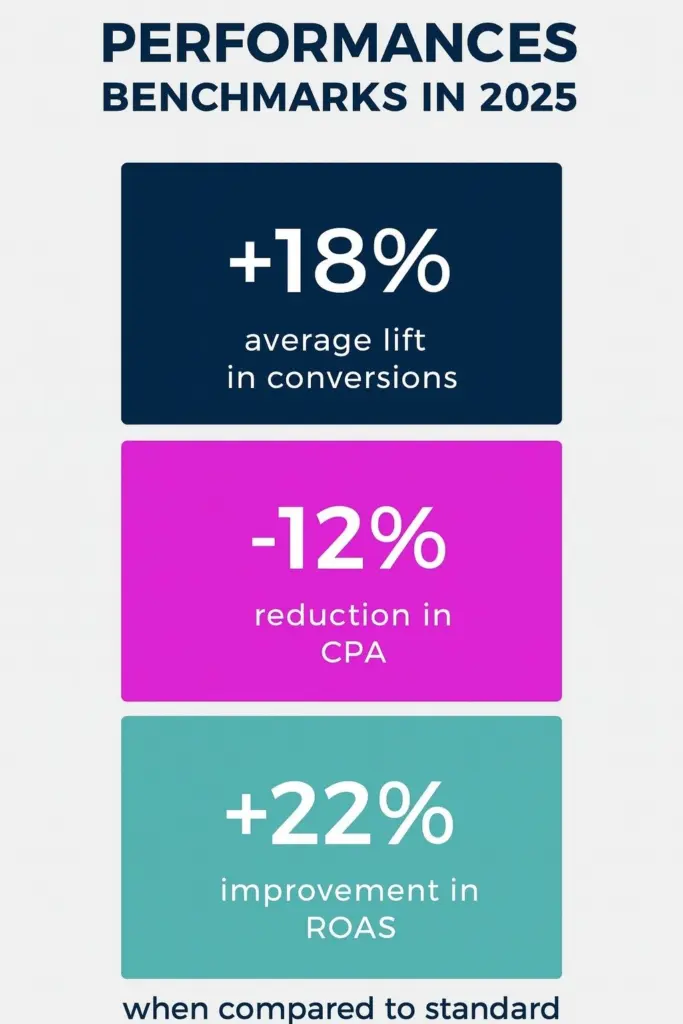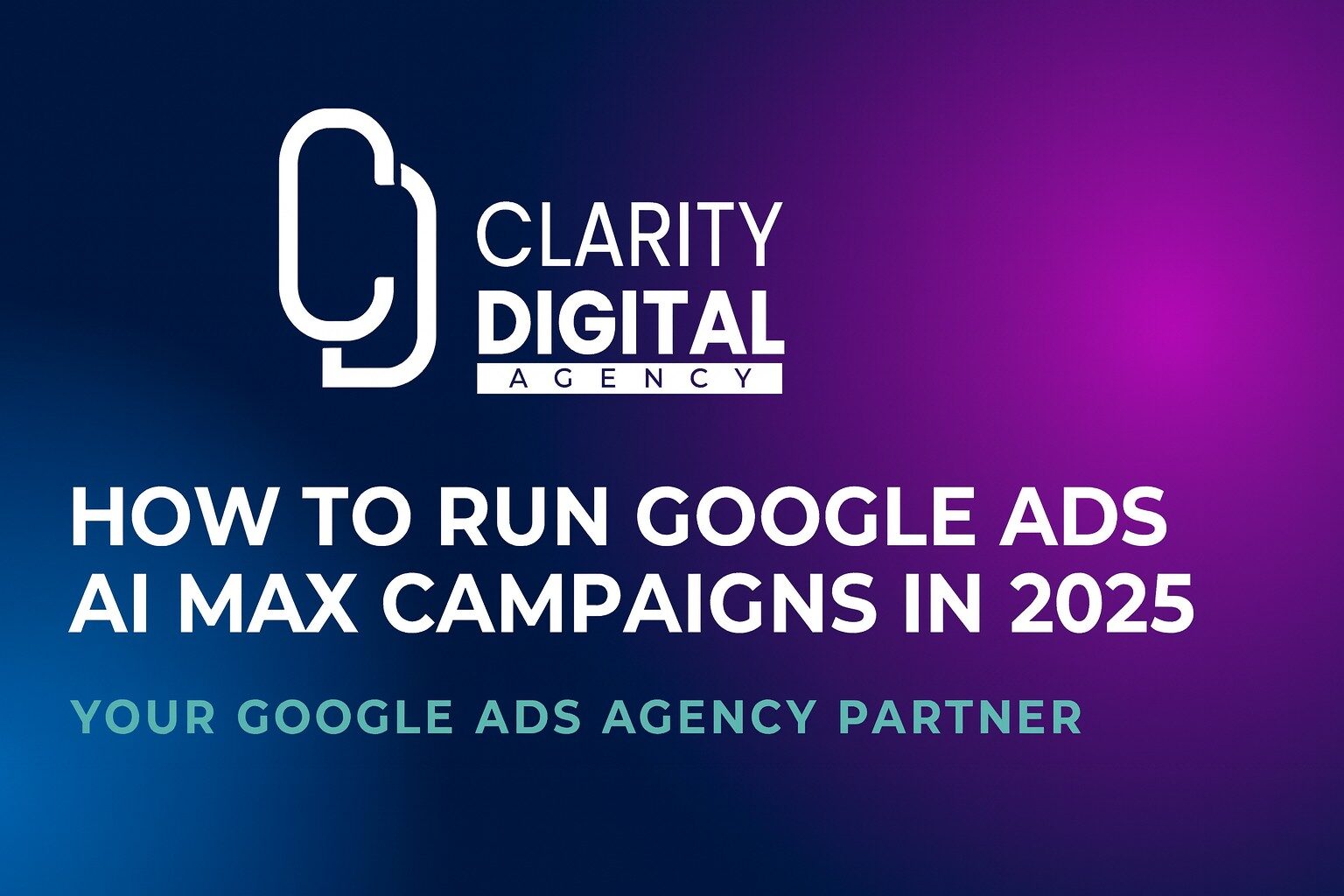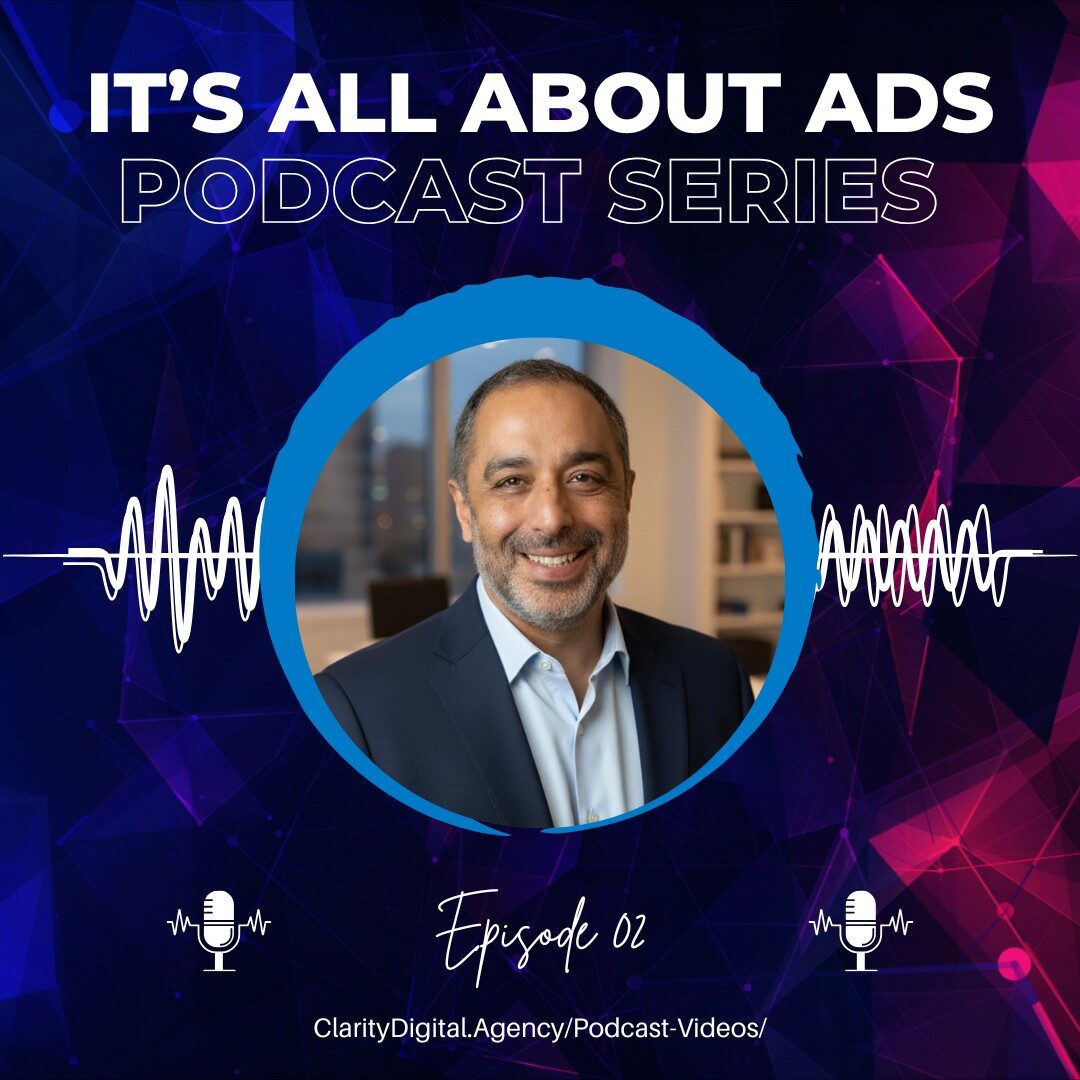If you’re looking to stay ahead in digital advertising, understanding how to run Google Ads effectively in 2025 is no longer optional. The rise of automation, AI, and data-driven intent signals has reshaped how performance marketers operate. At the center of this transformation is AI Max, Google’s most advanced AI-powered Search enhancement to date.
Whether you’re managing enterprise-level ad accounts or scaling up mid-market growth, embracing AI Max can offer the edge you need in a competitive landscape. This guide explores how to deploy and optimize AI Max campaigns, offering practical steps and strategic insights from a trusted Google Ads agency.
What Is Google Ads AI Max?
Google’s AI Max represents a fundamental shift in paid search. Launched globally in 2025, AI Max is not a standalone campaign type but an intelligent layer added to Search campaigns, unlocking new capabilities through deep learning and automation.
Unlike traditional keyword targeting, AI Max analyzes user signals, context, and behavior across devices to serve the most relevant ads—even when the search term doesn’t exactly match your keywords. This “beyond keywords” approach allows Google to expand your reach while preserving intent relevance, thanks to advanced AI modeling.
For digital marketers, this means less micromanagement of search terms and more focus on guiding strategy through content quality, audience alignment, and performance refinement.
Eligibility and Activation for Google Ads AI Max
Who Can Use AI Max and How to Activate It
AI Max began rolling out globally in Q2 and is expected to be fully available by Q3 2025.
Eligibility Requirements:
- A running Search campaign with conversion tracking enabled
- At least one active landing page
- Sufficient historical data (30+ conversions in 30 days recommended)
How to Activate:
- Go to your campaign settings in Google Ads.
- Click Campaign Enhancements.
- Toggle AI Max Extension to “On.”
- Review and accept the AI Max terms.
- Configure controls (brand safety, geo-targeting, exclusions).
Once enabled, AI Max begins to dynamically test ad variations and identify conversion signals beyond your current keyword set.
Setting Up Your Google Ads AI Max Campaign
Step-by-Step Guide to AI Max Campaign Setup
Setting up your AI Max campaign is about supplying Google with high-quality inputs so the AI can optimize outputs. Below is a structured guide on how to run Google Ads AI Max campaigns effectively:
1. Provide Rich, High-Quality Assets
At a minimum, you should upload:
- 10 headlines
- 4 descriptions
- Multiple sitelinks and callouts
- Strong final URL and/or expanded URL library
Content should be clear, benefit-driven, and aligned with your landing pages. Use dynamic keyword insertion strategically, but avoid over-automation in messaging.
2. Asset Optimization Strategy
You can let Google’s AI generate creative assets based on your site content, but this should be used selectively. Ideally, combine manual assets (for brand control) with AI-generated variants (for testing and scale). Monitor performance regularly and prune low-performing creatives.
3. Final URL Expansion
This feature allows Google to choose the most relevant URL from your site, even if it’s not the one you manually entered. It’s especially effective for ecommerce and content-heavy sites. Enable this to increase relevance, reduce bounce rates, and uncover high-performing landing paths.l.
AI Max Advanced Targeting Controls
Running Google Ads through AI Max doesn’t mean surrendering control. Google has introduced new advanced targeting levers to allow smarter audience refinement.
Geo-Targeting via Location of Interest
Instead of just targeting users by physical location, AI Max allows targeting based on intent signals tied to geographic areas. For example, a user in New York searching for “real estate in Austin” can still be served location-relevant ads for Austin.
Brand Controls and Exclusions
Use brand inclusions to protect brand searches, or exclude competitors and irrelevant traffic sources that AI may otherwise include. This is essential for companies with strong brand presence or highly specific offerings.
Negative Keywords
Still effective, especially for reducing wasted spend. Continue using negatives to avoid known poor-converting queries or off-brand traffic. AI learns, but your input shapes the path.
AI-Driven Optimization and Creative Performance
AI Max isn’t just smarter targeting—it’s a full performance engine. Once your assets are live:
- AI will dynamically test ad combinations, analyzing user response in milliseconds.
- Underperforming assets will be down-weighted, while high performers are given more exposure.
- Creative combinations are optimized based on audience segments, time of day, and device type.
However, don’t fully delegate creative review. Maintain human oversight to ensure messaging remains aligned with brand tone, compliance, and emotional resonance.
AI Max Advanced Reporting and Analytics
New Reporting and Insights with AI Max
Data visibility is often a concern when using AI. But with AI Max, Google has introduced new reporting dimensions that help marketers understand how the AI is driving performance.
Google AI Max Key Reporting Features:
- AI Max Match Type: A new label in reporting shows when clicks came from AI-driven query expansion.
- Asset-Level Segmentation: Track which headlines, descriptions, and extensions are performing best.
- Query-Level Insights: Discover net-new search terms your campaign is now capturing, allowing better content alignment.
Use these insights not just to optimize your campaign, but to inform SEO, landing page content, and broader messaging strategy.
AI Max Performance Benchmarks: What to Expect
So how do AI Max campaigns actually perform? According to Google’s early rollout data across thousands of advertisers:
- +18% average lift in conversions
- -12% reduction in CPA
- +22% improvement in ROAS when compared to standard Search campaigns

These improvements stem from AI’s ability to match ads to users earlier in the decision-making process, and to automatically tailor creatives to match user context.
Results may vary by industry, budget, and asset quality—but these benchmarks set a high bar for traditional search campaigns to compete with.
Let the AI Work Your Ads, but You Guide It
AI Max is not a set-it-and-forget-it solution. It’s a performance multiplier when paired with strategy, brand consistency, and iterative testing.
Running Google Ads effectively in 2025 means letting automation handle scale while human insight refines relevance. The brands seeing the biggest lift are those testing proactively and feeding the AI a steady stream of optimized content.
Next Steps for Marketers
- Review your current Search campaigns for AI Max eligibility.
- Start with a pilot campaign, testing AI-driven assets versus manually curated ones.
- Monitor new insights weekly and refine based on asset reports and query data.
At Clarity Digital, we help brands navigate this AI-centric future with precision. As a performance-focused Google Ads agency, we bring clarity to automation—and results to your bottom line.
Ready to future-proof your search strategy? Let’s talk.





